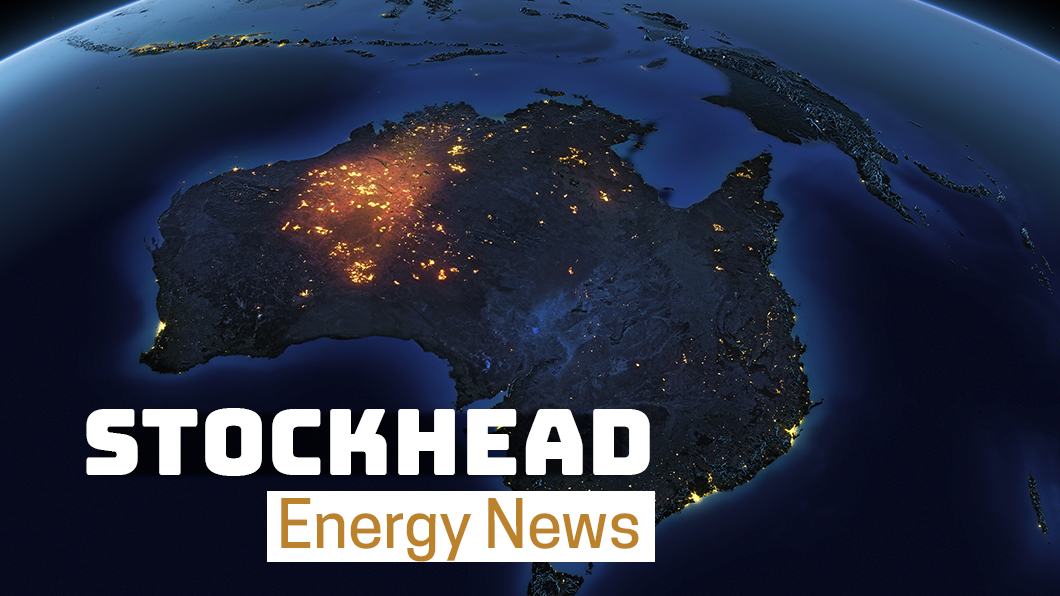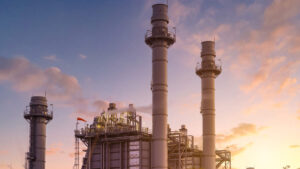Green Energy: Labor unveils 43pc emission reductions target by 2030

Pic: Matthias Kulka / The Image Bank via Getty Images
Australia heads to the polls next year for a federal election, and climate change is likely to be at the centre of the policy debate.
On that front, the Labor opposition unveiled its latest game plan this morning, with a policy aimed at reducing greenhouse gas emissions by 43pc by 2030, should it win the next election.
Details around policy measures that will help the party achieve its medium-term target are yet to be released.
As it stands, the Coalition’s current 2030 target is a reduction of 26 to 28% on 2005 levels – but the latest government projections suggest the government’s technology-driven approach to the transition could deliver a 35% reduction.
Carbon Market Institute (CMI) chief executive officer John Connor said while the stronger ambition is welcomed, a higher target of at least 50pc is needed.
Coalition target: 26-28%
Coalition projected forecast: 30-35%
Labor’s new target: 43%
Labor’s target from 2019: 45%
Business Council target: 50%
Climate Council policy: 75%
Greens policy: 75%Climate Council says “the science demands” 75% cut by 2030 https://t.co/oCkjIjIQQb
— Josh Butler (@JoshButler) December 2, 2021
“The coalition’s target is inadequate, what we have learnt in the last couple of years is the absolute critical importance of avoiding the cost of livelihoods and ecosystems that go beyond 1.5 degrees average of global warming,” Connor said.
“We need to halve emissions by 2030 and I look forward to the details.”
According to the Guardian, the shadow climate change minister, Chris Bowen, prepared options in a range between 35% and 45% for a new 2030 emissions reduction target, depending on the underpinning mechanisms and policy measures the shadow cabinet is prepared to adopt.
While Federal parliament adjourned for the summer break yesterday, Labor frontbenchers stayed in Canberra to advocate for the new policy initiative, Guardian political editor Katharine Murphy said.
Greens leader Adam Bandt took to Twitter to announce his dismay over Labours proposed emissions.
Labor’s backdown shows the only way we’ll get climate action is kicking the Liberals out and putting Greens in balance of power to push Labor to go further and faster.
Labor and Liberal want more coal and gas and their low targets mean we lose the fight against global warming.
— Adam Bandt (@AdamBandt) December 2, 2021
Lithium-ion battery pack prices drop 6% from 2020
Elsewhere, Bloomberg NEF says lithium-ion battery pack prices, which were above $1,200 per kilowatt hour in 2010 have fallen 89% to $132/kWH in 2021.
This represents a 6% drop from $140/kWh in 2020 and bodes well for the future of electric vehicles, which rely on lithium-ion technology.
The 2021 Battery Price Survey Report says that these prices are an average across multiple battery end uses, including different types of electric vehicles, buses, and stationary storage projects.
“On a regional basis, battery pack prices were cheapest in China, at $111/kWh while packs in the U.S. and Europe cost 40% and 60% higher, respectively,” it said.
“This reflects the relative immaturity of these markets, the diverse range of applications and, for the higher end of the range, low volume and bespoke orders.”
According to the report, prices continued to fall in 2021 as the adoption of the low-cost cathode chemistry known as lithium iron phosphate (LFP) increased, and as the use of expensive cobalt in nickel-base cathodes continued to slide.
On average, it said LFP cells were almost 30% cheaper than NMC cells in 2021.
“However, even low-cost chemistries like LFP, which is particularly exposed to lithium carbonate prices, have felt the bite of rising costs throughout the supply chain.”
BNEF head of energy storage and lead author of the report James Frith said: “Although battery prices fell overall across 2021, in the second half of the year prices have been rising.”
“We estimate that on average the price of an NMC (811) cell is $10/kWh higher in the fourth quarter than it was in the first three months of the year, with prices now closing in on $110/kWh.”
“This creates a tough environment for automakers, particularly those in Europe, which have to increase EV sales in order to meet average fleet emissions standards.”
He added that automakers may now have to make a choice between “reducing their margins or passing costs on, at the risk of putting consumers off purchasing an EV.”
UNLOCK INSIGHTS
Discover the untold stories of emerging ASX stocks.
Daily news and expert analysis, it's free to subscribe.
By proceeding, you confirm you understand that we handle personal information in accordance with our Privacy Policy.








